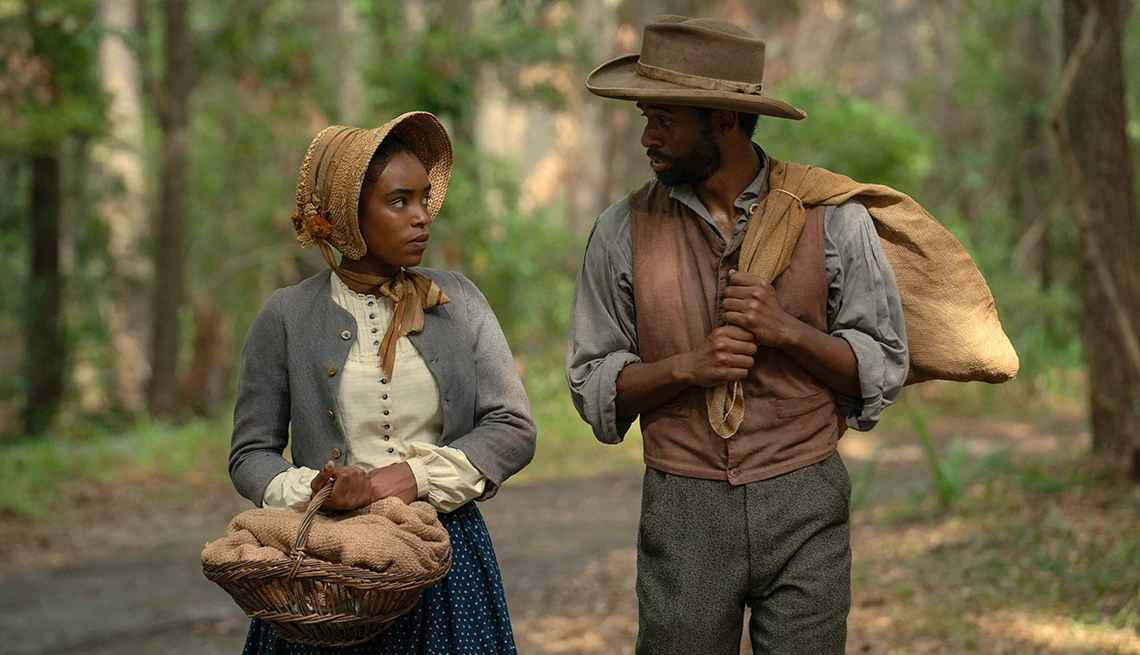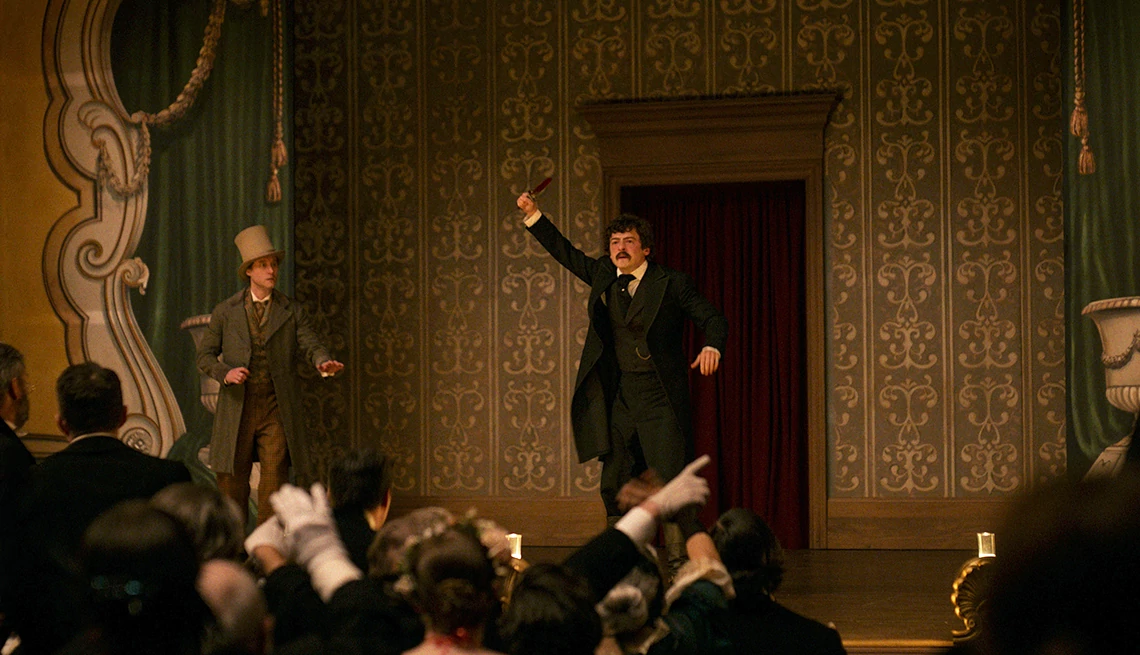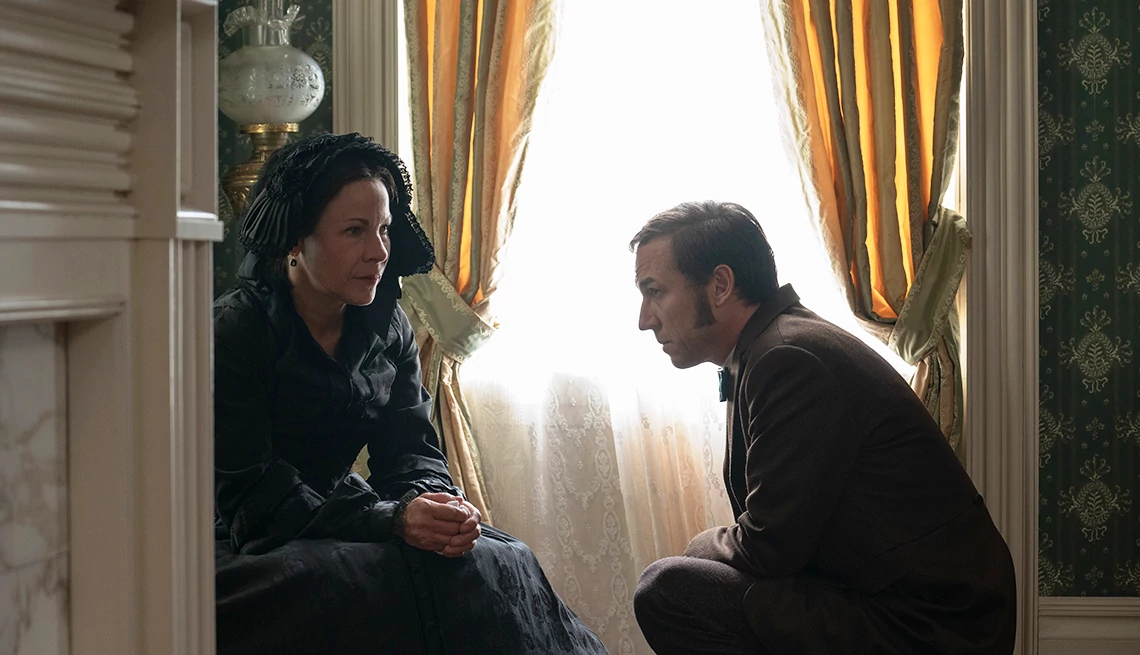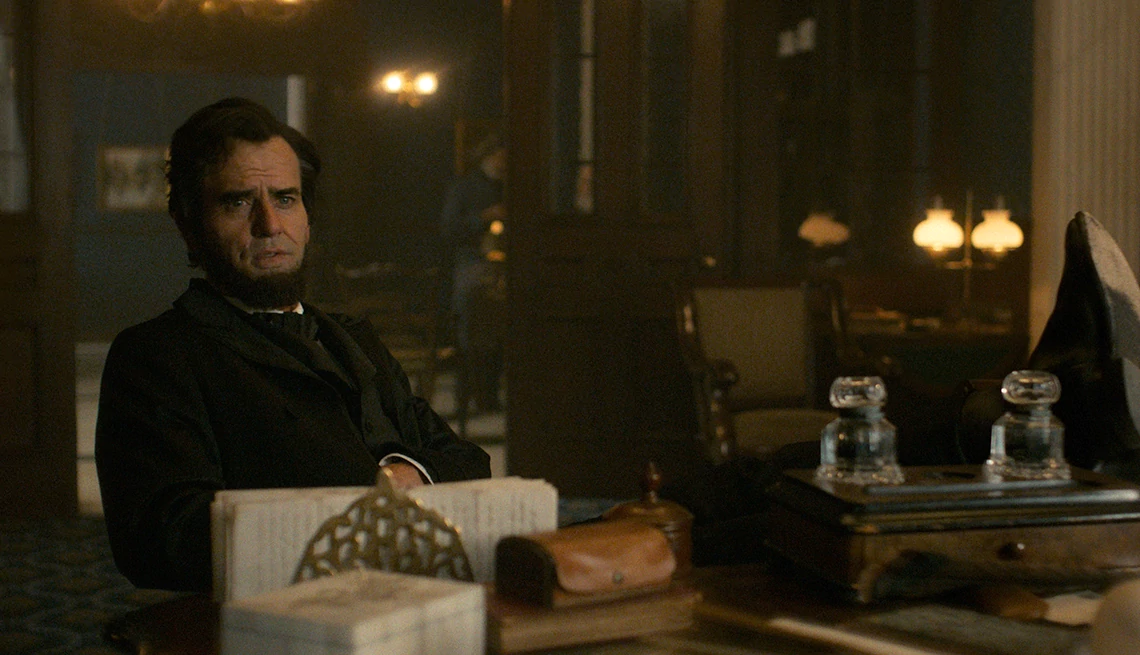AARP Hearing Center


The seven-part limited series Manhunt (Apple TV+, March 15) offers a fresh take on the 1865 death of Abraham Lincoln (Gaslit’s Hamish Linklater): It’s a thriller about the pursuit of assassin John Wilkes Booth (Masters of the Air’s Anthony Boyle), led by Lincoln’s vengeful friend and Secretary of War Edwin Stanton (The Crown’s Tobias Menzies, 50). Lili Taylor, 56, plays distraught Mary Todd Lincoln, and Patton Oswalt, 54, Lafayette Baker, the shady detective on Booth’s trail. The show is based on James Swanson’s bestseller Manhunt: The 12-Day Chase for Lincoln’s Killer. In my opinion as a former Harvard fellow and teacher of American history at five colleges, it manages to be both broadly historically accurate and engrossing.
Here are the facts (and what’s fiction) about Manhunt, and what you need to know before you watch:
Lincoln's assassination was of one the first events all Americans experienced simultaneously
As Manhunt correctly shows, word spread fast via the telegraph, four years after the completion of the first transcontinental line. Suddenly, news that used to take days or weeks to travel around the country arrived in hours. A Massachusetts woman 450 miles from Washington wrote of Lincoln’s death in her diary one hour after it happened at 7:22 a.m. The grief spread so fast that in New York, every building on Broadway from end to end was hung with black drapery — and almost immediately, the nation was sold out of black bunting.
John Wilkes Booth, 26, was already a celebrity
By 1860, Booth earned the equivalent of $700,000 a year (in modern dollars) as an actor. His father, Junius Brutus Booth, was America’s most celebrated actor, and his older brother Edwin inherited that mantle. Swanson, 65, calls the Booth family the “Barrymores of their day,” but Civil War historian Anne Rubin jokingly says John Wilkes was more like “a lesser Baldwin brother.” He was mostly known for his looks: One critic called him “the handsomest man in America,” and he left brokenhearted women up and down the East Coast.
He shot Lincoln and jumped onstage. He might have escaped out the back door of Lincoln’s box, but this scene won him wider fame than his more respected relatives. It also meant he was instantly recognized after the shooting, speeding the investigation.





































































More From AARP
How Accurate Is the Leonard Bernstein Movie ‘Maestro’?
A Pulitzer-winning critic who knew him gives the inside storyWhat You Need to Know Before Watching ‘Feud: Capote vs. The Swans’
The docudrama boasts a boatload of 50+ stars and a gripping (mostly) true storyEverything You Need to Know About Jennifer Lopez’s ‘This Is Me … Now’
The star reveals her heart and life in a new movie and albumRecommended for You